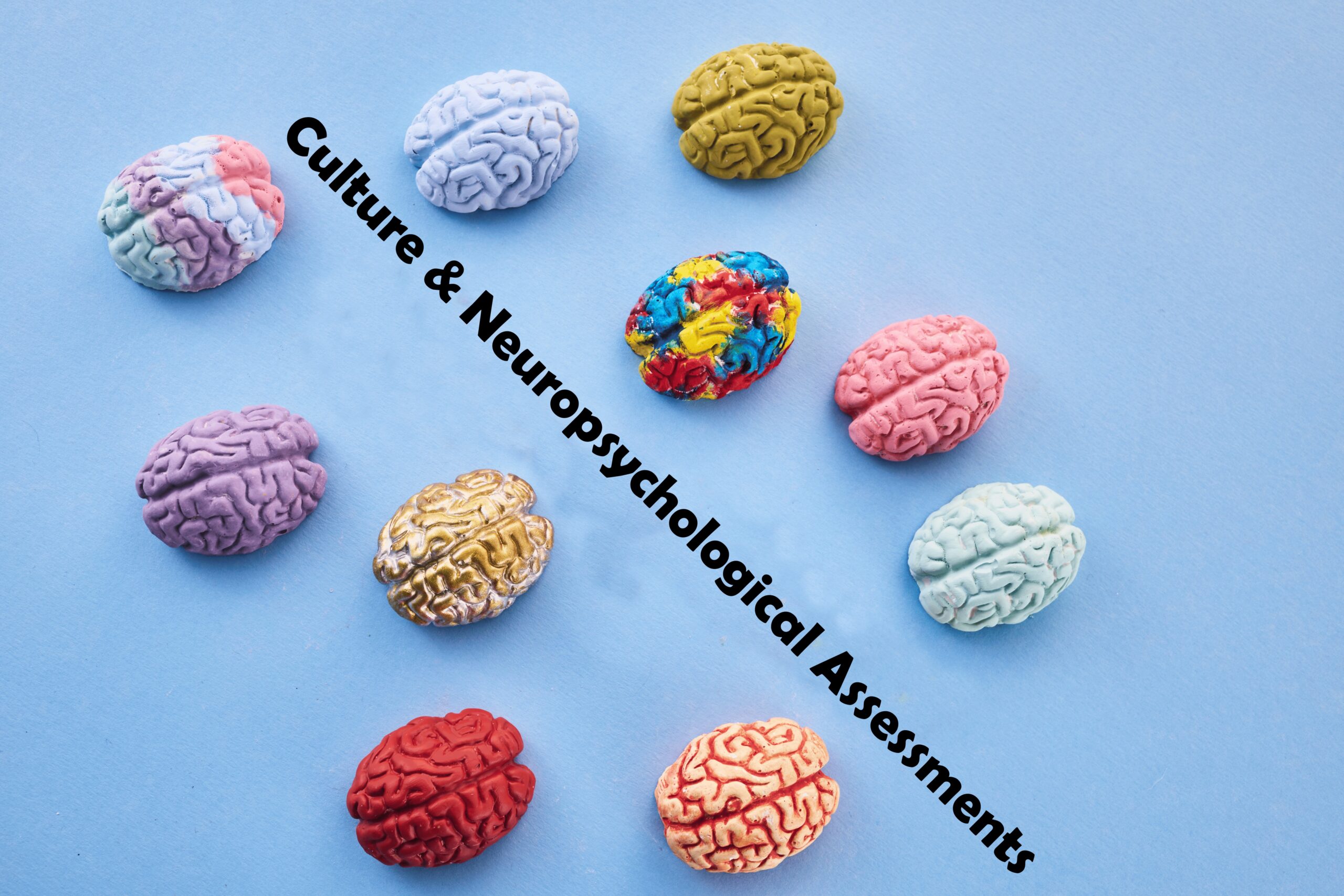Past LifeLab (LiL ) Research Library
Advancing Discovery & Application
Upcoming Neuroscience LifeLab (LiL) Clinical Research & Application
Intl. Conference | Published: 14 December 2019
Neuropsychological Effects of Lead: Neurotoxicity
By: Psychology Cares. Helping You Grow
International Conference Presentation: 1st African Congress of Health and Safety and Environmental Toxicology, 12-14 December 2019
Past Lifelab (P-LiL) Research Library | Adult (A)
Research (R) | Clinical (Cl) | (P-LiL-A-R-Cl)

Abstract
Lead (Pb) is a heavy metal which if absorbed can lead to toxicity in the human cells. Pb can alter neurotransmitter release, leading to excitotoxicity and ultimately apoptosis.Lead (Pb) is a heavy metal which if absorbed can lead to toxicity in the human cells. Pb can alter neurotransmitter release, leading to excitotoxicity and ultimately apoptosis.
Previous slide
Next slide
Those most affected are young children, pregnant women, individuals of low socioeconomic status, and those in proximity to Pb sources; e.g. Pb contaminated paint, food, water, kohl or utensils. Pb neurotoxicity can result in changes in cognition, memory, mood and other psychiatric disturbances, with effects varying across the lifespan. Prolonged exposure can also lead to physical symptoms such as fatigue, impaired processing speed, fine and gross motor deficits, and global decline in cognitive functioning.
Previous slide
Next slide
In the UK and other English speaking countries, clinical and neuropsychologists use a range of assessment tools which can aid in the assessment and subsequent treatment of Pb neurotoxicity. The Wechsler Adult Intelligence Scale (WAIS-IV) and the Wechsler Intelligence Scale for Children (WISC-V) are used to assess cognitive functioning with a high degree of validity and reliability in the western world. The WAIS-IV and WISC-V consist of a full-scale IQ (FSIQ) test, composed of verbal IQ (VIQ) and performance IQ (PIQ), providing 4 and 5 primary index scores respectively. Pb exposure can have up to 3-5 point decrements in FSIQ when blood Pb concentration increases from 5μg/dL to 20μg/dL, indicating dose dependent effects of Pb on cognitive functioning across domains. These include visuospatial memory and skills, executive functioning and attention, processing speed, language, motor skills, and affect.

We propose that the development of culturally sensitive neuropsychological assessments, as well as the training of clinicians in the developing world, will aid and guide the treatment of individuals with Pb neurotoxicity.
Latest Articles:
Past LifeLab (LiL ) Research Library
Advancing Discovery & Application
Upcoming...
Past LifeLab (LiL ) Research Library
Advancing Discovery & Application
Upcoming...
Past LifeLab (LiL ) Research Library
Advancing Discovery & Application
Upcoming Neuroscience LifeLab...
Past LifeLab (LiL ) Research Library
Advancing Discovery & Application
Upcoming...
No posts found






















